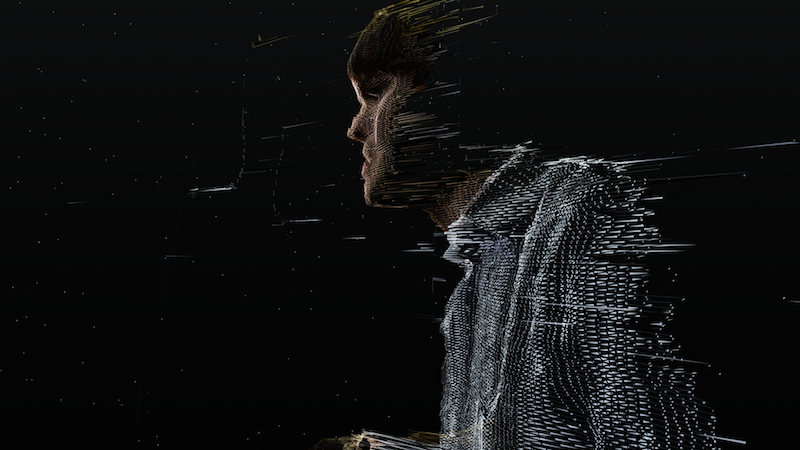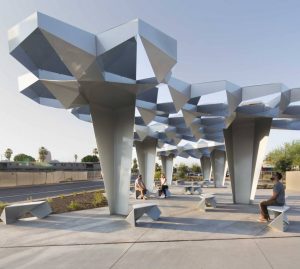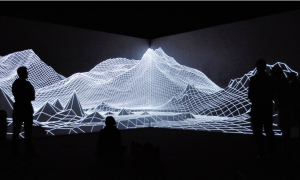For this post, I watched Chris Sugrue‘s lecture. She is a visual artist, designer and programmer who creates digital interactive installations. She has a Masters of Fine Arts in Design from Parsons School of Design and currently teaches at Parsons Paris, in France. Sugrue’s art is self described as playful, and mainly comprises of light and interaction.
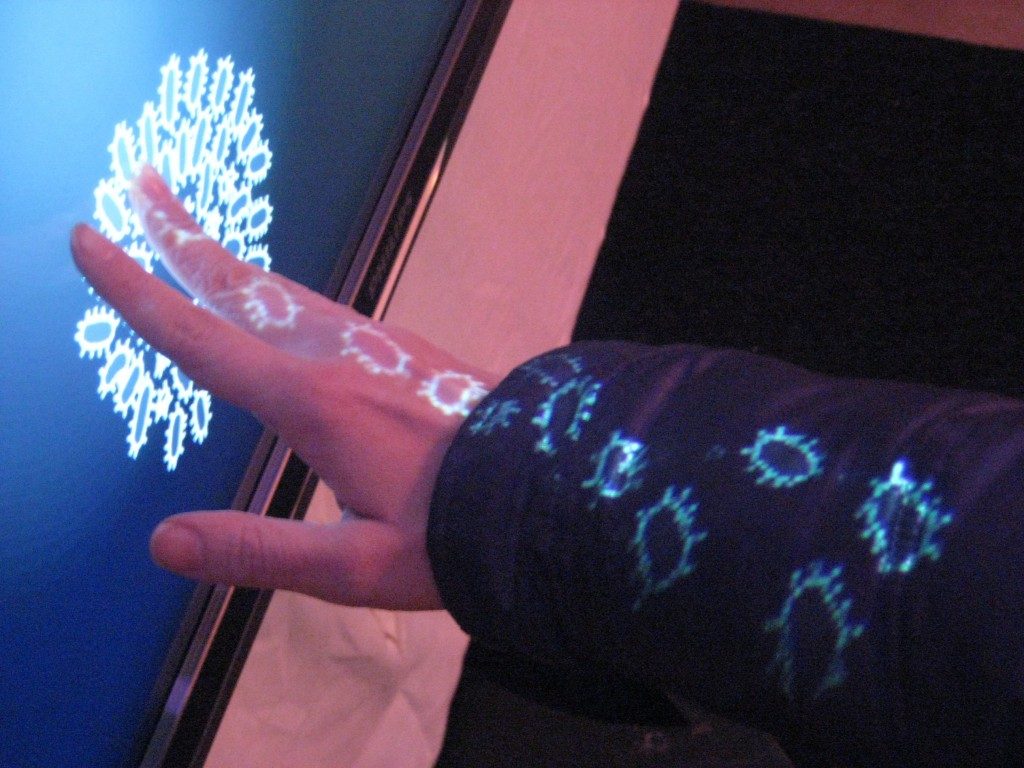
I’m inspired by her work because it focuses on immersing the viewer/user in the interaction and in the world that she has created. Her project Delicate Boundaries is interesting to me because it bridges the gap between the screen and the real world through an illusion where bugs emerge from the screen and onto your arms when it’s touched. I like the life that she gave to the virtual bugs as they swarm your hand desperate to escape. Her other projects, like Memory of Form and Matter and Base 8, also use illusions like Pepper’s ghost to integrate digital imagery in to the physical world.
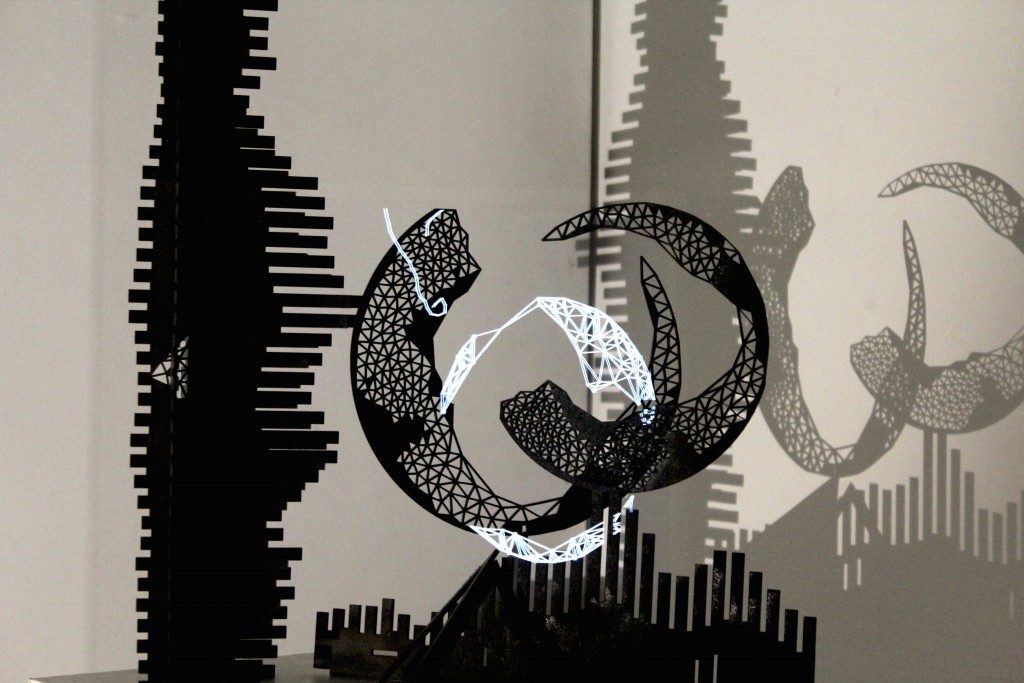
![[OLD FALL 2017] 15-104 • Introduction to Computing for Creative Practice](../../../../wp-content/uploads/2020/08/stop-banner.png)
